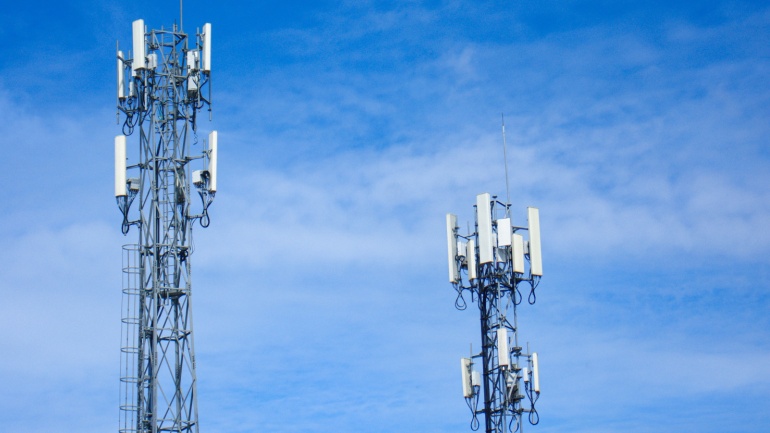Starting April 10, a majority of Internet Service Providers (ISPs) will need to introduce easy-to-understand ‘nutrition’ labels to their fixed and wireless broadband plans. In accordance with new rules set by the Federal Communications Commission (FCC), these labels will provide information about monthly costs, upload and download speeds, and links to privacy policies and network management practices.
The rule applies to ISPs with over 100,000 subscribers from April 10, whereas providers with subscribers under this threshold have until October 10 to comply. These labels need to be found at points of sale, including the ISPs websites and any offline stores.
The requirement creates a substantial administrative challenge for ISPs, especially those with a large physical store presence. If a change to a plan occurs – for instance, price or speed – the ISP is obligated to update the consumer labels both online and in-store.
The Vice President of Government Affairs at Ookla, Bryan Darr, explained to Fierce Network that they (Ookla) are planning to give ISPs the option to use their data to verify the claims they make about speeds and latency. An additional “complication” in the FCC requirements is present according to Darr. The ISPs are required to publish their “typical” upload/download speeds and latency figures, but the FCC has left the term ‘typical’ undefined. He noted that what consumers experience on their devices can often significantly deviate from what’s delivered to their address, thus creating a significant risk for operators.
The introduction of these ‘nutrition’ labels stands as a crucial move towards bridging the digital divide. They are intended to help consumers better understand the affordability of the service – providers are now obligated to disclose whether the rate advertised is introductory, and if so, the price after the initial period.
While turbulence in the market due to switching costs is likely to be unaffected, customers dissatisfied with their service stand to benefit the most from this level of transparency. In addition, these labels will provide valuable data for researchers assessing broadband offerings and assist state officials in their cooperation with operators to meet federal affordability targets.
Finally, if ISPs fail to display labels or provide incorrect information, customers have the right to lodge a complaint with the FCC. This represents a significant step forward for consumer protection and service transparency within the telecommunications sphere.







